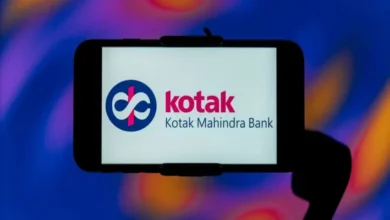In simmering tensions at the East Ladakh Actual Control Line between India and China, the first batch of five Rafale fighter aircraft took off Monday (July 27) from Istres airbase in France and will land on Wednesday (July 29) at Ambala in India.
Sources said security at Ambala Air Force Station was beefed up before Rafale jets arrived and the station is completely prepared to receive Rafale jets, which will arrive in India after covering nearly 7,364 km of space. It is learned that about 3 kilometers of the area near Ambala Air Force Station has been declared a no-drone zone. Ambala Cantonment DSP said anyone found violating the security arrangements would face strict legal action.
After a release over 7 hours, the five Rafale jets landed securely in Al Dhafra airbase on Monday. The five Rafales fly out for India on Wednesday morning (July 29) and arrive in the afternoon at Ambala Air Force Station.
The Rafale five are the first batch of the 36 supersonic omnirole battle planes ordered by India from France. Twelve IAF fighter pilots have completed their training on the Rafale fighter jets in France so far and a few more are in the advanced stage of their training. According to the deal between India and France, French aviators are to train a total of 36 IAF pilots on the Rafale fighter jets in the two countries. While most of the IAF pilots will be trained in France, some will go through the exercise in India.
Rafale can carry a range of potent weapons. European missile maker MBDA’s Meteor beyond the visual range of air-to-air missiles and SCALP air-to-ground cruise missiles will be the cornerstone of the Rafale jets’ weapons package.
The IAF would further improve the combat aircraft capabilities by equipping it with French HAMMER missiles. The request for the HAMMER standoff missiles is being processed under the Centre ‘s emergency procurement powers given to the armed forces. HAMMER missiles have the potential to destroy targets of any type within a range of 60-70 km.
The Rafale aircraft trainer will have the RB series tail numbers in memory of the IAF leader RKS Bhadauria who played a major role in finalizing the Rafale contract. In September 2016, India had inked a Rs 60,000 crore contract with France for 36 Rafales to bolster IAF capability.
Military aviation experts say the introduction of Rafale would significantly enhance the overall operational potential of the IAF to combat the Chinese threat and would provide effective deterrence against Pakistani aggression as well.
Rafale’s induction will shift India’s technical gap in air vis-à-vis Pakistan’s superior radar and missile-supplied F16 aircraft, as well as China-supplied Chengdu JF-17, which is at the core of Pakistani Air Force ‘s fleet modernization plans.
The Ambala base is considered one of the IAF’s most strategically positioned bases, as it is about 220 km from the Indo-Pak border.
The base actually has two Jaguar squadrons battling an aircraft, and one MiG-21 Bison squadron.
IAF Marshal Arjan Singh was the first commander of independent India’s Ambala capital.




